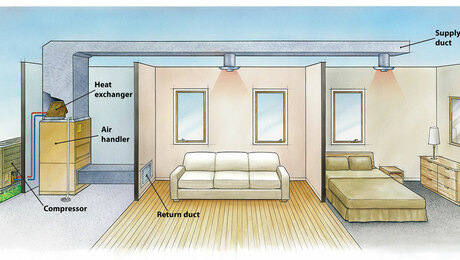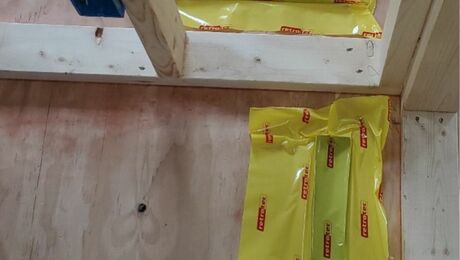ABOUT CISTERNS AND RAIN BARRELS
Where water is scarce, save the rain
In drought-prone regions, a rainwater-collection system can help stretch scarce water supplies. At its most elaborate, rainwater collection can provide all the water a household uses with no need for backup supplies.
Big rainwater collection systems are expensive. But in a few locations in the American West where competition for water is already fierce, they may be a cost-effective way to furnish domestic water supplies.
MORE ABOUT CISTERNS
A rainwater collection system designed to supply most of a home’s needs would include these components:
Nonporous roof material. Although all roofs shed water, surfaces that have a lot of nooks and crannies are more likely to pick up debris and support the growth of mold, increasing the need for filtering and treatment. A nonporous surface like metal (for example, Galvalume Plus with an acrylic coating) is a much better option.
Gutters and downspouts. Six-inch gutters and five-inch downspouts should be able to handle all the rain that Mother Nature provides.
Cistern. A storage tank of up to 40,000 gallons may be required if a homeowner intends to rely on rainwater exclusively. In-ground concrete tanks are easy to camouflage and don’t need much maintenance.
Filters. Sediment filters and UV filters clean the water once it’s pumped from the cistern to the house, making it suitable for drinking, cooking and bathing.

This article is only available to GBA Prime Members
Sign up for a free trial and get instant access to this article as well as GBA’s complete library of premium articles and construction details.
Start Free TrialAlready a member? Log in










0 Comments
Log in or become a member to post a comment.
Sign up Log in